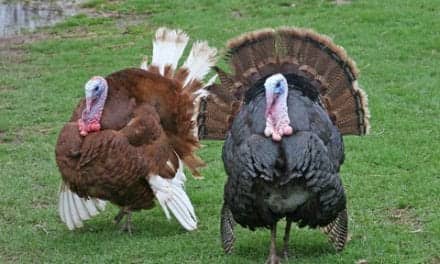Regular aerobic exercise is linked to a significantly lower risk of death from flu or pneumonia, even at weekly levels below those recommended, finds US research published in the British Journal of Sports Medicine.
But there may be a level above which the effects plateau or—in the case of muscle-strengthening activities—become potentially harmful, the findings suggest.
Adults are advised to clock up at least 150 minutes per week of moderate intensity, or 75 minutes of vigorous intensity, aerobic physical activity, or an equivalent combination, plus muscle-strengthening activity of moderate or greater intensity at least twice a week.
As well as helping to maintain good health and ward off serious illness, regular physical activity may also protect against death from flu or pneumonia, the evidence indicates.
The researchers therefore wanted to find out if specific types and amounts of physical activity might be associated with this reduced risk. They drew on the responses of 577,909 adults who had taken part in the US nationally representative National Health Interview Survey (NHIS) between 1998 and 2018.
Respondents were asked how often they spent 10 or more minutes in vigorous intensity and light or moderate intensity aerobic activities and how often they did muscle-strengthening activities. Each person was then categorized according to how well they met recommended aerobic activity plus muscle-strengthening weekly targets: not meeting either, meeting the aerobic activity target, meeting the muscle-strengthening target, and meeting both targets.
Five levels of physical activity were defined: below 10, 10–149, 150–300, 301–600, and more than 600 minutes per week of moderate to vigorous physical activity; and less than two, two, three, four to six, and seven or more sessions per week of muscle-strengthening activities.
Half the respondents (50.5%) didn’t meet either weekly target. How well they did so differed significantly according to sociodemographic and lifestyle factors, underlying health conditions, and whether they had been vaccinated against flu and/or pneumonia.
A third (34%) were aerobically inactive, and more than three-quarters (78%) reported fewer than two weekly sessions of muscle-strengthening activities.
During an average monitoring period of nine years, 81,431 participants died; 1,516 of these deaths were attributed to flu and pneumonia.
Those who met both recommended weekly physical activity targets had nearly half (48%) the risk of dying from flu or pneumonia as their peers who met neither, after accounting for potentially influential factors.
Meeting only the aerobic activity target was associated with a 36% lower risk, after accounting for potentially influential factors, while meeting only the muscle strengthening target wasn’t associated with any significant difference in risk.
In terms of quantity, clocking up 10–149, 150–300, and 301–600 minutes per week of aerobic physical activity was associated with, respectively, 21%, 41%, and 50% lower risks, compared with none. But no additional benefit was seen above 600 weekly minutes.
“Although [10-150 minutes per week] is often labeled ‘insufficient’ because it falls below the recommended duration, it may confer health benefits relative to physical inactivity,” suggest the researchers.
When it came to muscle-strengthening activities, compared with fewer than two weekly sessions, meeting the weekly target of two was associated with a 47% lower risk, but seven or more sessions were associated with a 41% higher risk.
“While beyond the scope of this study, plausible explanations [for this dichotomy] range from inaccurate responses (such as reporting occupational physical activity, which may not confer the same protective effect as leisure-time physical activity) to haemodynamic ramifications of frequent, high-intensity [muscle strengthening activity],” explain the researchers.
This is an observational study and, as such, can’t establish cause, added to which the researchers acknowledge various limitations. For example, the study relied on personal recall and at one point in time; the NHIS survey captured only leisure time physical activity in bouts of 10 or more minutes, nor did it distinguish between light and moderate intensity activities.
Nevertheless, the researchers conclude in a release: “Efforts to reduce influenza and pneumonia mortality among adults might focus on decreasing the prevalence of aerobic inactivity and increasing the prevalence of achieving two episodes/week of muscle-strengthening activity.”









